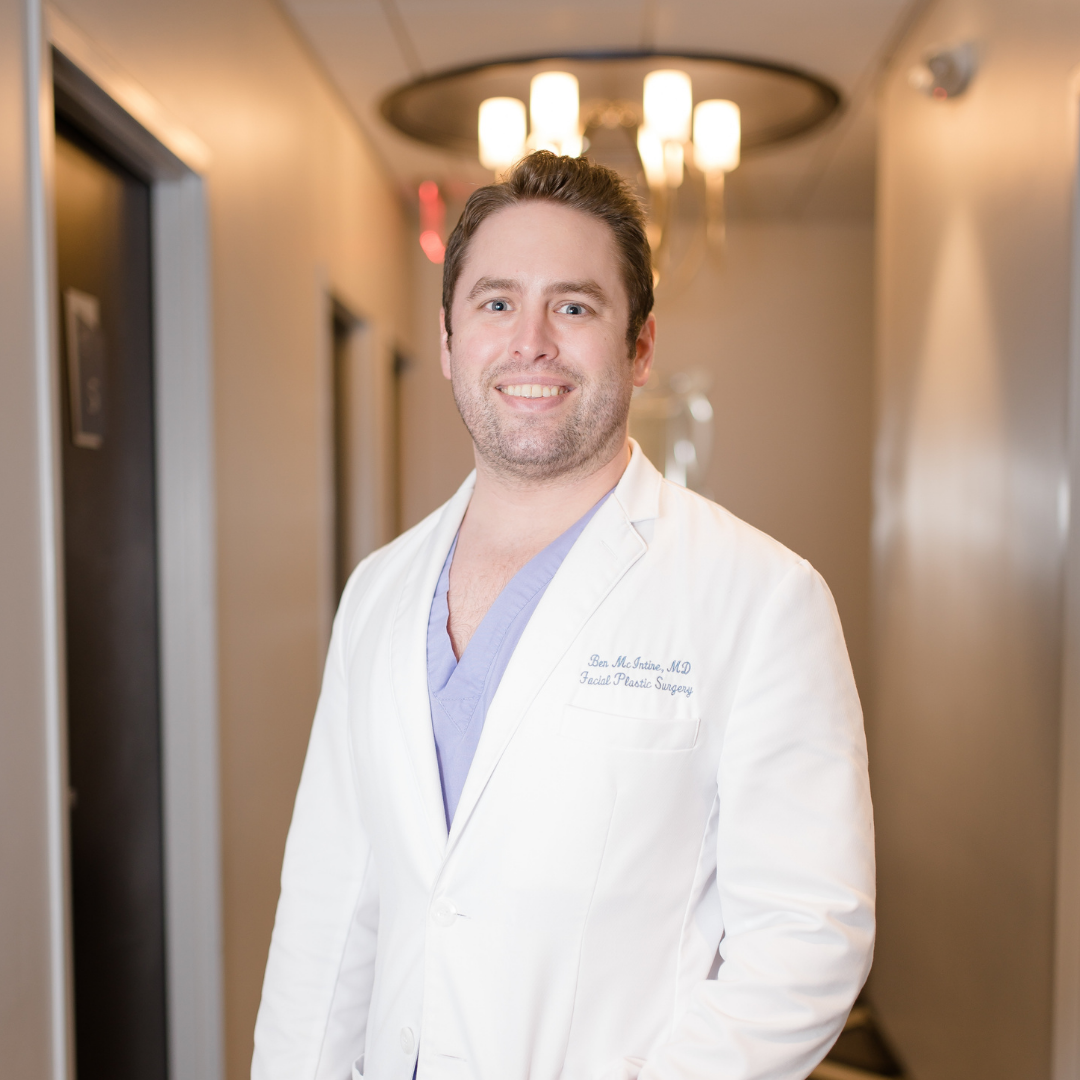Ask the Expert: Premier Cosmetic Surgery Q&A Topic: Eyelid Surgery
Share
The eyes are the first thing we notice when we meet someone. They speak volumes about our age, emotions, and health. Additionally, the condition of our eyelids can signal youth, health, and happiness or can make us appear tired, old, or unhappy.
What is eyelid surgery?
Eyelid surgery, a.k.a. blepharoplasty, is a procedure that can improve eyelid appearance, eyelid function, or both. It can be performed on the upper eyelids, lower eyelids, or both. It is an outpatient procedure and can be performed under local anesthesia or IV sedation. It is generally considered a cosmetic procedure, but in some cases is medically beneficial and covered under insurance with visual field studies and photos.
What problems are treated by eyelid surgery?
There are many techniques for eyelid surgery, and the procedure is customized to the individual. In general, these techniques involve the removal or tightening of the skin, fat, and muscle of the eyelids. A common reason to get upper eyelid surgery is excess or sagging skin that can cover the edge of the eyelid, touch the eyelashes, impair vision, or interfere with makeup application. Common reasons to get lower eyelid surgery include puffiness, eyebags, and dark undereye circles. Wrinkling and fine lines can affect both the upper and lower eyelids.
What is a good age for eyelid surgery?
Eyelid aging affects everyone differently, and occurs as a result of genetics, sun exposure, stress, and many other factors. Most people who consider eyelid surgery are in their 40s – 60s. However, the eyelids are one of the first facial areas to demonstrate aging, and for this reason it is not uncommon for people in their 30s to contemplate surgery. Additionally, there is no upper age limit for eyelid surgery. With the modernization of surgical and anesthetic techniques, older people can undergo eyelid surgery safely and effectively.
What is involved with recovery after surgery?
For most people, recovery after eyelid surgery takes 7-10 days. There is usually minimal pain, but there is bruising and swelling. Sometimes there are no external scars or stitches, but most times there are stitches, which are removed within the first week after surgery. Physical exercise may be resumed 2 weeks after surgery. People who wear contacts lenses can resume use 2 weeks after surgery. If you’re considering eyelid surgery in preparation for an event or family gathering, it is generally recommended to allow 6-8 weeks for swelling to fully resolve.
Is there a nonsurgical alternative?
People with dark undereye circles may be candidates for dermal filler, which acts to camouflage the circles and is an injection performed in-office. The effect is temporary, but usually lasts approximately 1 year. It is becoming increasingly common for people to view undereye filler as a first step before committing to lower eyelid surgery. Unfortunately there is no nonsurgical treatment for the upper eyelid that yields safe, effective, and consistent results.
J. Benjamin McIntire, M.D.,F.A.C.S. Board Certified Facial Plastic and Reconstructive Surgeon
Board Certified Facial Plastic and Reconstructive Surgeon
Premier Cosmetic Surgery
537 Stanton Christiana Rd Newark, DE 19713
(302) 998-8007
www.premiercosmeticsurgeryde.com





